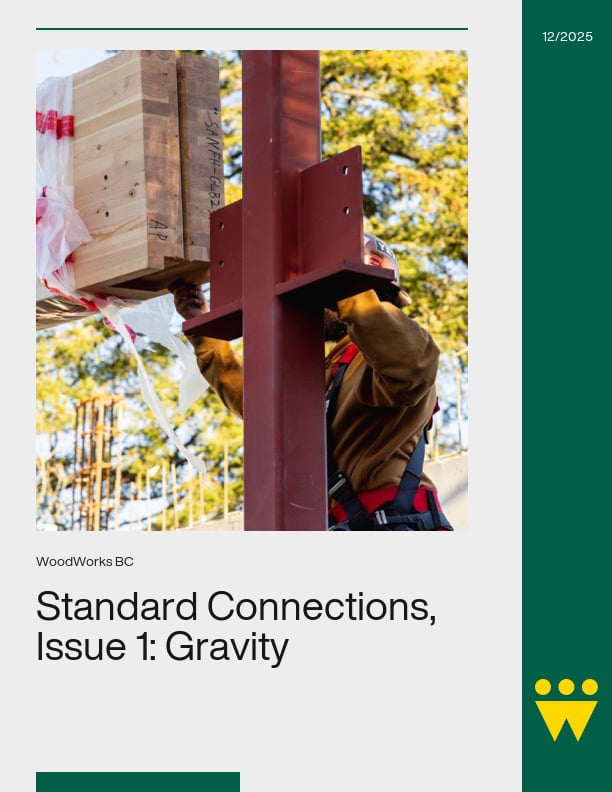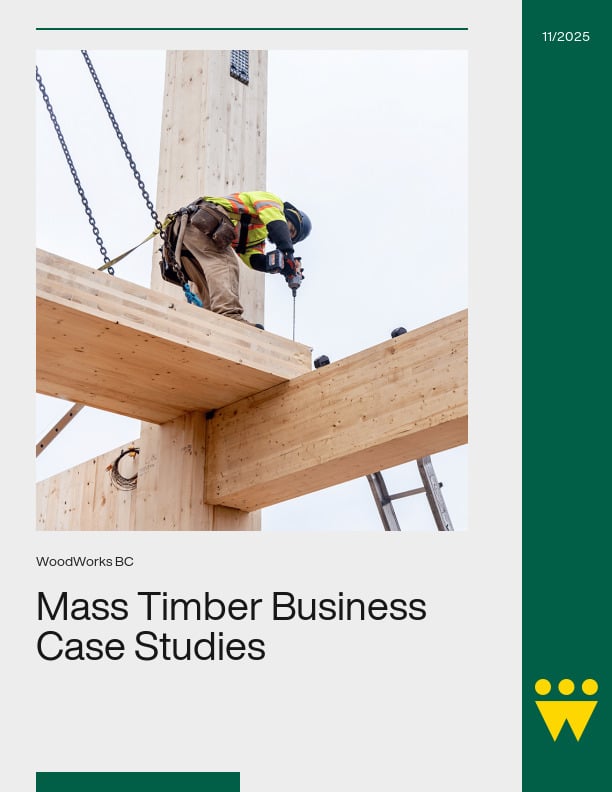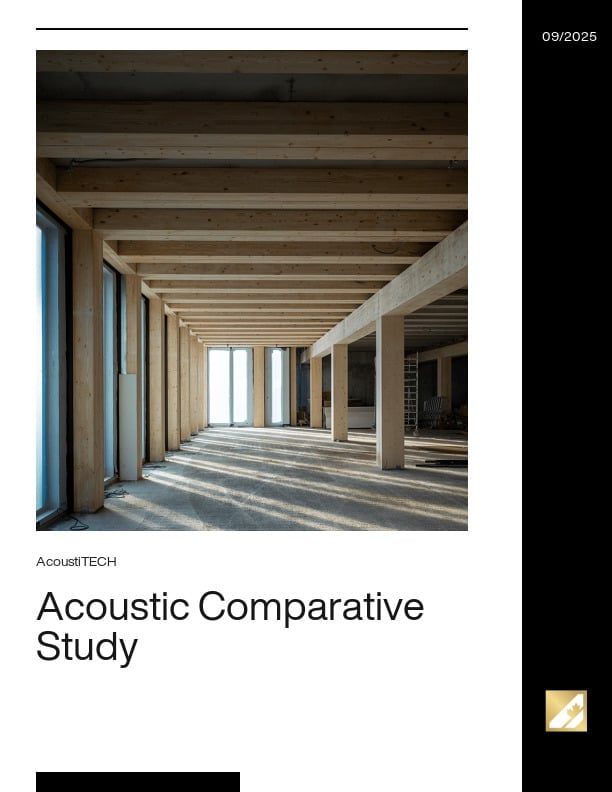The National Building Code of Canada (NBC) defines fire safety under Objective OS1: “an objective of this code is to limit the probability that as a result of the design or construction of the building, a person in or adjacent to a building will be exposed to an unacceptable risk of injury due to fire.”
In simpler terms, fire safety is the reduction of the potential for harm to life as a result of fire in buildings. Although the potential for being killed or injured in a fire cannot be completely eliminated, fire safety in a building can be achieved through proven building design features intended to minimize the risk of harm to people from fire to the greatest extent possible.
Designing a building to ensure minimal risk or to meet a prescribed level of safety from fire is more complex than just the simple consideration of what building materials will be used in construction of the building, since all building materials are affected by fire. Many factors must be considered including the use of the building, the number of occupants, how easily they can exit the building in case of a fire and how a fire can be contained.
Even materials that do not sustain fire do not guarantee the safety of a structure. Steel, for instance, quickly loses its strength when heated and its yield point decreases significantly as it absorbs heat, endangering the stability of the structure. An unprotected, conventional cold-formed steel joist floor system will fail in less than 10 minutes under standard laboratory fire exposure test methods, while an unprotected, conventional wood joist floor system can last up to 15 minutes. Reinforced concrete is also not immune to fire. Concrete will spall under elevated temperatures, exposing the steel reinforcement and weakening structural members. As a result, it is generally recognized that there is really no such thing as a fire-proof building.
The NBC only regulates those elements which are part of the building construction. The building contents found in any building are typically not regulated by the NBC, but in some cases they are regulated by the National Fire Code of Canada (NFC).
The occupancy classification of buildings or parts of buildings according to their intended use accounts for:
- the quantity and type of combustible contents likely to be present (potential fire load);
- the number of persons likely to be exposed to the threat of fire;
- the area of the building; and
- the height of the building.
This occupancy classification is the starting point in determining which fire safety requirements apply to a particular building. The occupancy classification of a building within the NBC dictates:
- the type of building construction;
- the level of fire protection; and
- the degree of structural protection against fire spread between parts of a building that are used for different purposes.
Fires can occur in any type of structure. The severity of a fire, however, is contingent on the ability of a construction to:
- confine the fire;
- limit a fire’s effects on the supporting structure; and
- control the spread of smoke and gases.
To varying degrees, any type of construction can be designed as a system (combination of construction assemblies) to limit the effects of fire. This allows occupants sufficient time to escape the building and for firefighters to safely carry out their duties.
Occupant safety also depends on other parameters such as detection, exit paths, and the use of automatic fire suppression systems such as sprinklers. These concepts form the basis of the NBC requirements.
For further information, refer to the following resources:
Wood Design Manual (Canadian Wood Council)
Fire Safety Design in Buildings (Canadian Wood Council)
National Building Code of Canada
National Fire Code of Canada
CSA O86, Engineering design in wood
Fitzgerald, Robert W., Fundamentals of Fire Safe Building Design, Fire Protection Handbook, National Fire Protection Association, Quincy, MA, 1997.
Watts, J.M. (Jr); Systems Approach to Fire-Safe Building Design, Fire Protection Handbook, National Fire Protection Association, Quincy, MA, 2008.
Rowe, W.D.; Assessing the Risk of Fire Systemically ASTM STP 762, Fire Risk Assessment, American Society for Testing and Materials, West Conshohocken, PA, 1982.








